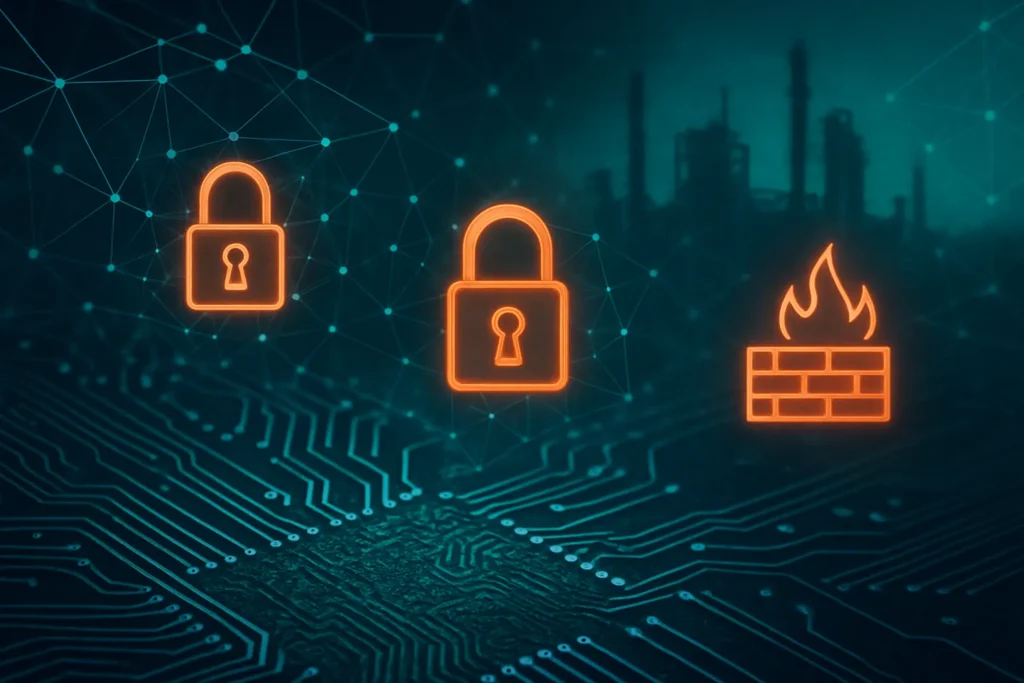America’s Steel Backbone Comes Under Digital Siege
If you’ve traversed an interstate, crossed a gleaming new bridge, or driven past a construction site in the past decade, odds are you’ve encountered the handiwork of Nucor Corporation. As the largest steel producer in America and a key supplier of reinforcing bar for buildings, bridges, and roads, the company stands as a linchpin of national infrastructure. So when Nucor confirmed that a cyberattack had forced it to abruptly halt production at multiple facilities, the reverberations shot far beyond Wall Street.
Nucor, which employs over 32,000 workers across North America and reported a staggering $7.83 billion in revenue just this past quarter, revealed that the breach resulted in “unauthorized third-party access to certain information technology systems.” In response, Nucor enacted its incident response plan, which included taking systems offline, halting operations at affected plants, and launching a full-court press with outside cybersecurity experts. But for many, the details were as notable for what wasn’t said as for what was. The company offered no list of affected sites, and representatives from facilities in Alabama, South Carolina, and Indiana remained silent or unreachable. What exactly transpired—ransomware, targeted extortion, or data theft—remains unclear.
Federal law enforcement is now involved, and Nucor is gingerly restarting production, but this digital assault on a manufacturing giant underscores a reality policymakers can no longer ignore. The fragile mesh of America’s critical infrastructure—steel, energy, water, transportation—is increasingly reliant on vulnerable digital lifelines.
Connecting the Dots: Cyber Threats and Geopolitical Tensions
Beyond the immediate operational challenges, Nucor’s ordeal serves as a jarring wakeup call about the intersection of cyber risk and global power struggles. As Harvard cybersecurity expert Dr. Nicole Carpenter recently explained on PBS NewsHour, “Modern industrial infrastructure is only as secure as its most vulnerable digital endpoint.” Unlike an isolated warehouse fire or a mechanical breakdown, a coordinated cyberattack can target multiple links in a supply chain, sowing confusion and disruption that ripple outwards.
Historically, attacks with ambiguous attribution—where no criminal or nation-state group claims responsibility, as is currently the case with the Nucor breach—are the hardest to counteract. Suspicion inevitably swivels to the larger geopolitical chessboard. The incident drew renewed focus on warnings from the FBI and Department of Homeland Security about the persistent threat of foreign cyber operations probing U.S. infrastructure. Chinese-backed hacker collectives, Russian ransomware gangs, and other state-aligned threat actors have all been observed scanning—or outright infiltrating—targets like utilities, ports, and industrial manufacturers.
“What we saw at Nucor isn’t just a company headline—it’s a shot across the bow for the entire U.S. manufacturing base. In an era where a keystroke can shut down an assembly line that feeds a continent, the stakes couldn’t be higher.” — Dr. Nicole Carpenter, cybersecurity expert
The question isn’t just if these attacks will happen again, but if the next one might be synchronized with a flare-up in Taiwan, the Baltic, or the Middle East—moments when U.S. capacity to respond is stretched thin. Are we prepared to withstand such pressure?
Political Will and the Path Toward Resilient Infrastructure
A closer look reveals that Nucor’s response was, in many ways, a model of transparency and operational prudence. The company quickly notified federal law enforcement, retained outside experts, and communicated candidly about its remediation process. Yet, beneath the surface, the whole episode exposes the chronic underinvestment in digital defenses for America’s physical economy—a gap the current patchwork of regulations and guidance is woefully inadequate to address.
Policy inertia, often driven by short-term corporate thinking and conservative resistance to regulatory expansion, leaves the nation vulnerable. Mandating robust, independently verified cybersecurity standards shouldn’t be controversial. Critics on the right, however, frequently deride such efforts as unnecessary red tape, preferring voluntary industry self-policing. Meanwhile, real-world adversaries are undeterred by American ideological squabbling. As the SolarWinds and Colonial Pipeline breaches have demonstrated, voluntary frameworks are simply not enough when millions of lives and livelihoods are on the line.
For Democrats and progressives, the path forward is clear: comprehensive federal action to protect critical supply chains through binding standards, incentives for investment in modern cybersecurity tools, and robust sharing of threat intelligence. Public-private coordination, not deregulation, is the only way to ensure the lights—and steel mills—stay on when the next attack comes.
Civil society, too, must keep demanding accountability. As labor leader Maria Torres, whose members staff steel plants from Indiana to South Carolina, recently said, “When a cyberattack halts production, it doesn’t just threaten quarterly profits; it puts workers and whole communities at risk. Our economy is only as strong as its most protected link.”
The Stakes Are All of Ours
The Nucor cyberattack is more than an IT problem or a financial hiccup—it’s a vivid demonstration that digital vulnerabilities can become physical crises, impacting roads, bridges, and the livelihoods of communities across America. The next time a bridge stands unfinished or a bid for critical infrastructure repairs is delayed, will it be because we failed to heed this warning?
This episode must spur leaders—and citizens—to demand not just more steel, but smarter steel. Cyber resilience is a function of investment, cooperation, and political courage. The price of ignoring these warnings will be paid in rusting bridges, lost jobs, and diminished national security. We cannot afford that cost.

